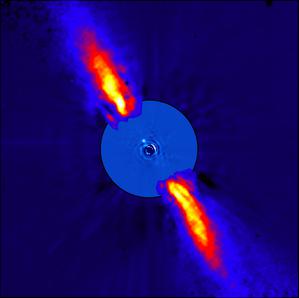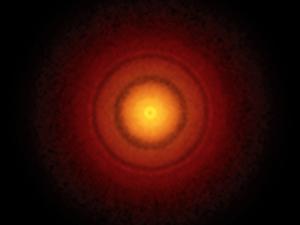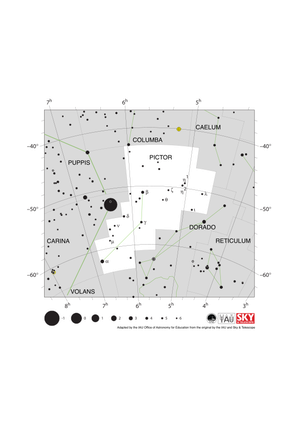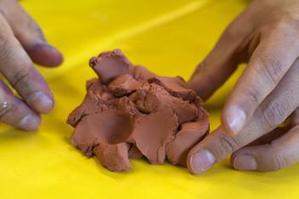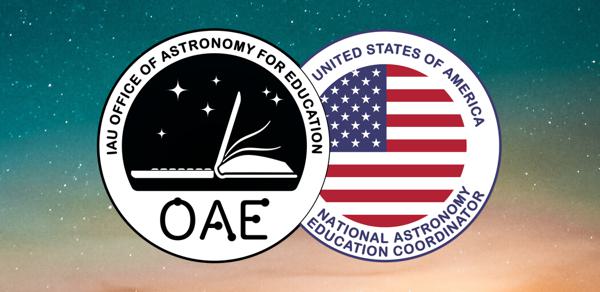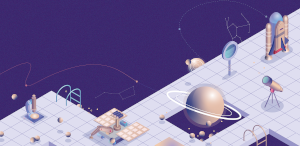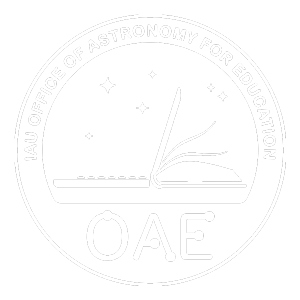Glossary term: 行星形成
Description: 当宇宙气体云坍缩形成恒星时,这颗新生恒星被一个由气体和尘埃组成的漩涡盘所包围。这就是行星形成的原行星盘:被冰覆盖的尘埃粒子会相互粘连,形成稍大的团块,并继续增大。至于接下来会发生什么,还有一些问题还尚未解决:例如,湍流气体运动在拉近这些团块之间的距离方面起着什么作用?但最终结果是,尘埃粒子会形成大小超过一公里的所谓 "小行星"。其中一些被自身的引力拉到一起,形成更大的行星,另一些则留下来,成为第一颗小行星。一些原行星设法将大量气体吸向它们,成为气态巨行星。还有一些原行星位于远离中心恒星的寒冷区域,它们会与气体一起吸积大量的冰冻物质,成为冰巨行星。其他一些气体较少的原行星则会成为陆地行星。
Related Terms:
See this term in other languages
Term and definition status: The original definition of this term in English have been approved by a research astronomer and a teacher The translation of this term and its definition is still awaiting approval
The OAE Multilingual Glossary is a project of the IAU Office of Astronomy for Education (OAE) in collaboration with the IAU Office of Astronomy Outreach (OAO). The terms and definitions were chosen, written and reviewed by a collective effort from the OAE, the OAE Centers and Nodes, the OAE National Astronomy Education Coordinators (NAECs) and other volunteers. You can find a full list of credits here. All glossary terms and their definitions are released under a Creative Commons CC BY-4.0 license and should be credited to "IAU OAE".
If you notice a factual or translation error in this glossary term or definition then please get in touch.
Related Media
老人增四b
Credit: ESO/A.-M. Lagrange et al. credit link
License: CC-BY-4.0 Creative Commons 署名 4.0 国际 (CC BY 4.0) icons
恒星长蛇座TW周围行星的形成
Credit: S. Andrews (Harvard-Smithsonian CfA); B. Saxton (NRAO/AUI/NSF); ALMA (ESO/NAOJ/NRAO) credit link
License: CC-BY-4.0 Creative Commons 署名 4.0 国际 (CC BY 4.0) icons
Related Diagrams
Pictor Constellation Map
Credit: Adapted by the IAU Office of Astronomy for Education from the original by the IAU and Sky & Telescope
License: CC-BY-4.0 Creative Commons 署名 4.0 国际 (CC BY 4.0) icons
Related Activities
Creating Asteroids
astroEDU educational activity (links to astroEDU website) Description: Have fun, building asteroids using clay!
License: CC-BY-4.0 Creative Commons 署名 4.0 国际 (CC BY 4.0) icons
Tags:
Hands-on
, Model
Age Ranges:
4-6
, 6-8
, 8-10
Education Level:
Pre-school
, Primary
Areas of Learning:
Modelling
, Social Research
Costs:
Medium Cost
Duration:
1 hour 30 mins
Group Size:
Group
Skills:
Communicating information
, Developing and using models
